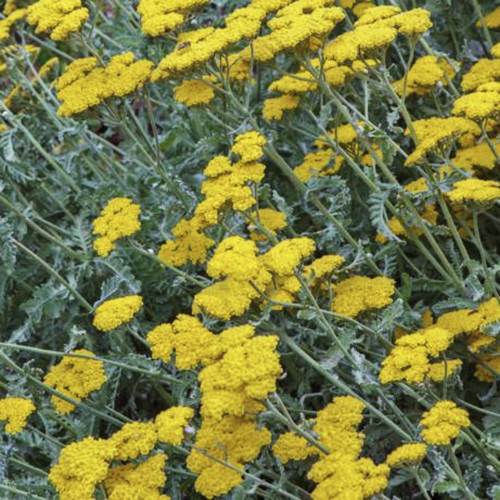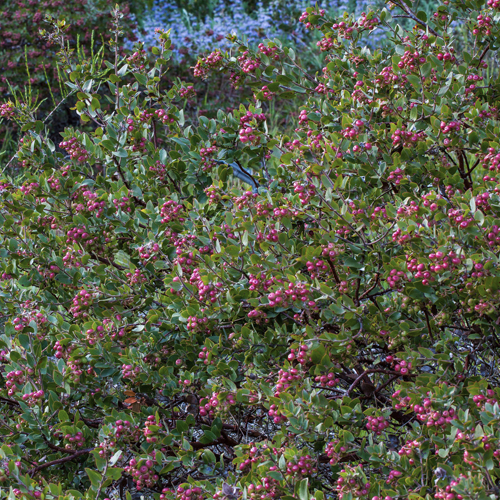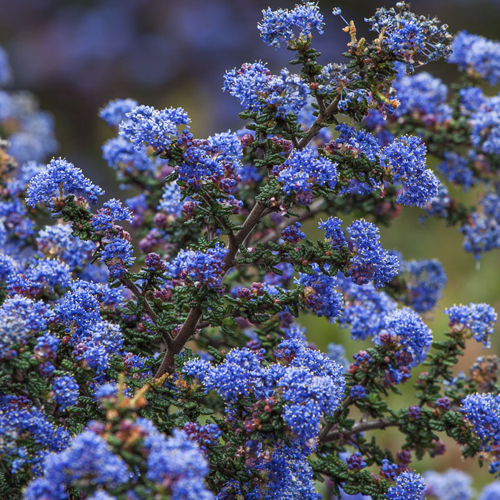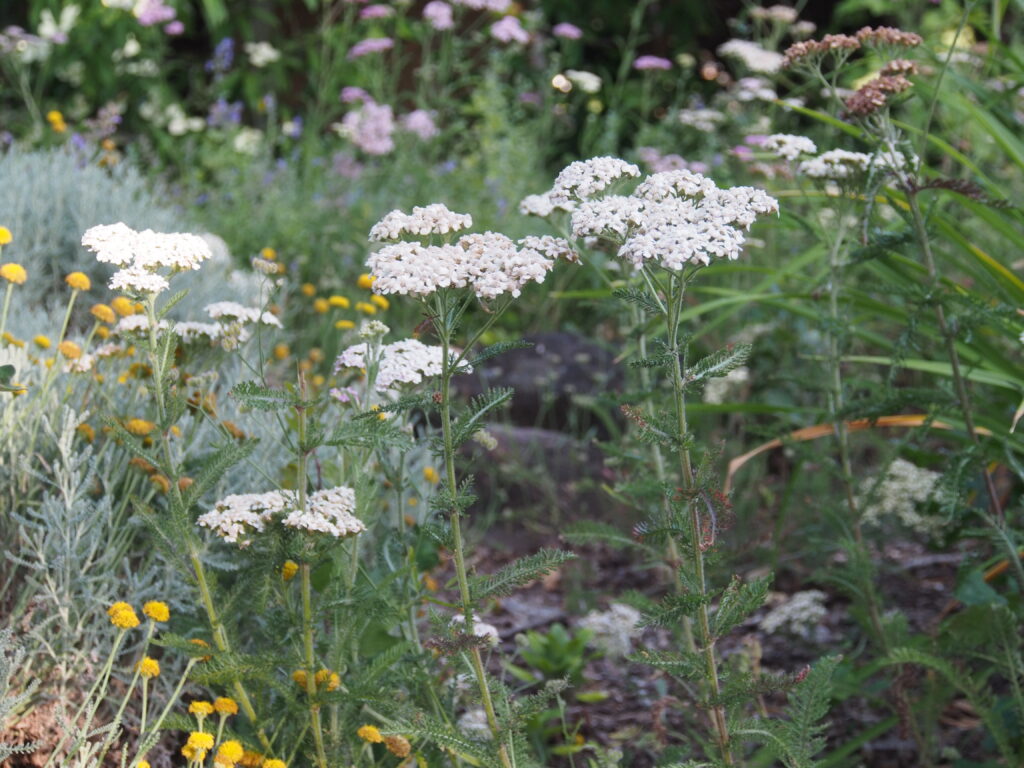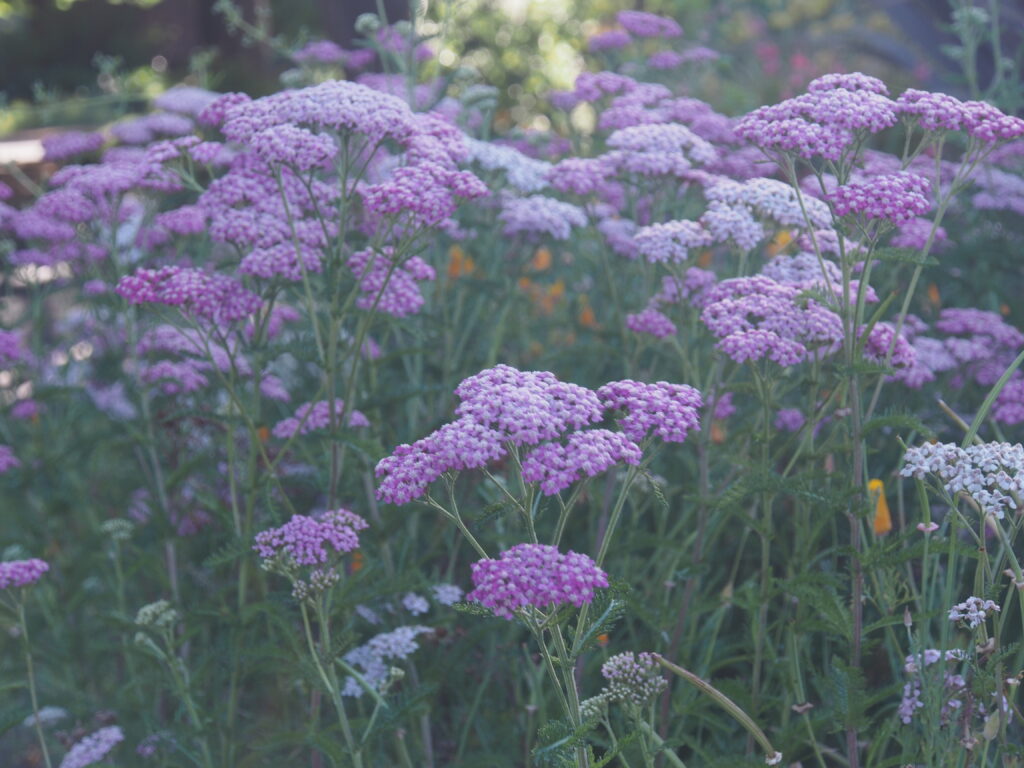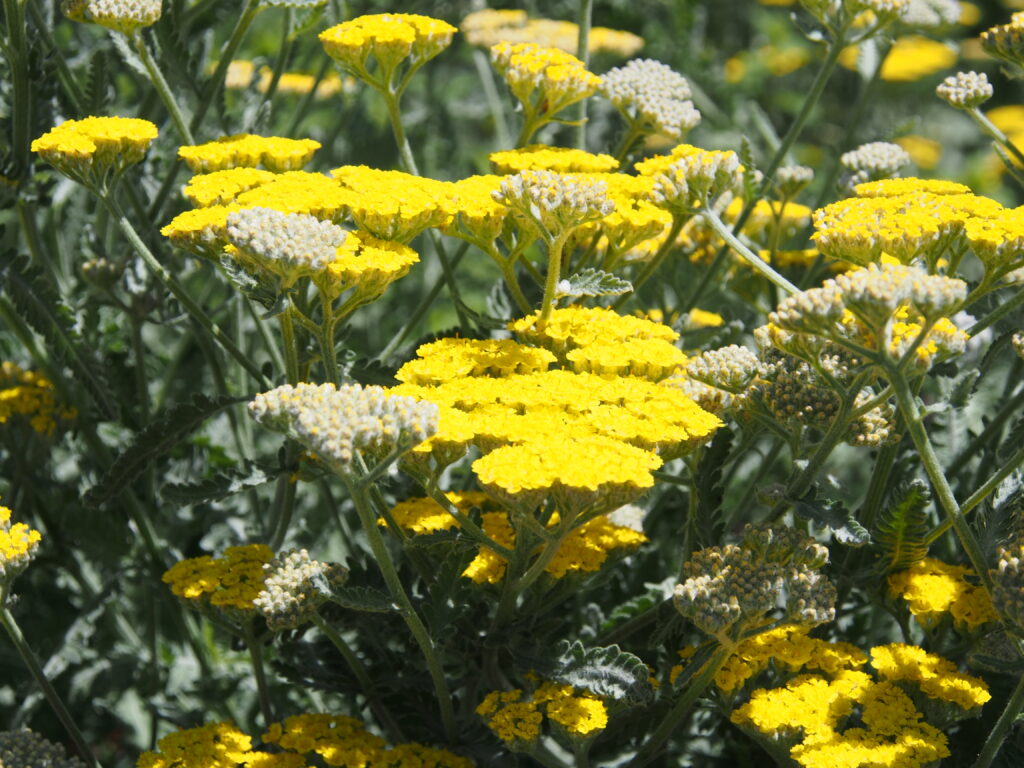San Anselmo Native Garden
BACK TO FULL TOUR
Garden Features
Drought Tolerant
Edible Garden
California Natives
Drip Irrigation
Pesticide Free
Rainwater Harvesting System
Lawn Conversion
Lawn-Free Landscaping
Permeable Surfaces
Wildlife Habitat
Partner: Marin Water
When Merrily LaBarthe (Georgia Master Gardener) and Blanco Hill Country Texas Master Naturalist) moved into her San Anselmo home, the garden was filled with exotic plants and a lawn that required frequent irrigation. Merrily wanted to make her garden less thirsty and more Eco-Friendly. She removed the sod and some of the plants that needed moderate water. The lawn area was sheet mulched and covered with bark for over 6 months. With her designer Alison Blume, Merrily added permeable pathways and a sitting area using pebbles and eko-flow a permeable binder that allows water to seep into the ground. Around the pathways the gardens were mounded up with soil and plants were added. Merrily added native milkweed, grass and wildflower seeds. The native seeds included lupine, clarkia, poppies, and various others. The mounded-up garden beds have some boulders for a focal point. Lizards & salamanders love the rock garden habitat. Blume’s landscape design includes some evergreen native and Mediterranean shrubs, perennials, grasses and groundcovers, The plan has manzanita groundcovers, salvias, penstemons, verbena de la mina, and yarrow. As the plants grow, the garden fills with more bees, butterflies, hummingbirds, and other birds. The birds are attracted to the Ribes sanguineaum, Roger’s Red Grapevine, Coffeeberry and Toyon. A Rain barrel captures water from the roof gutters and is used for Merrily’s vegetable garden during the very dry season. The lawn sprinkler system was replaced with a drip system which further reduced water usage even with the additional plants. The evergreen shrubs and groundcovers keep the garden looking green in the Winter and creates some privacy screening from the street.
This garden was designed by Alison Blume of Blume and Dean Landscape Design. A garden list will be provided.
Special Events
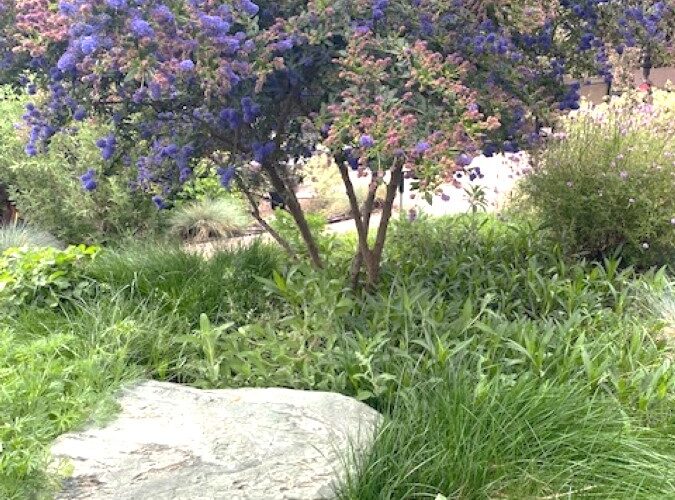
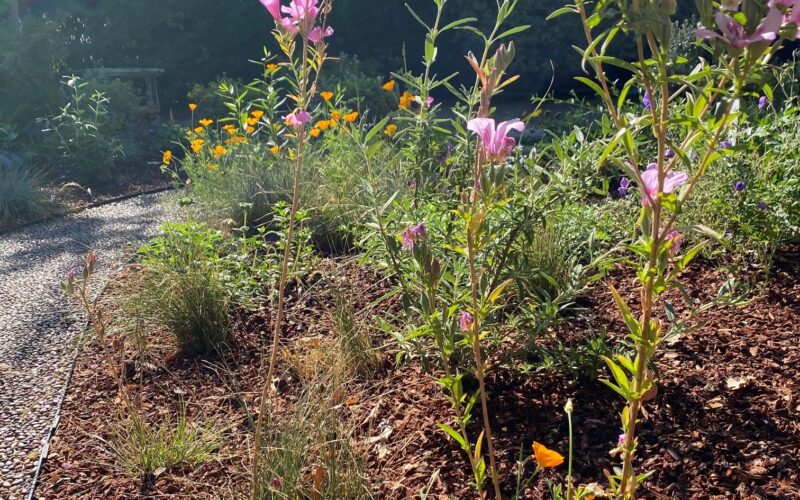
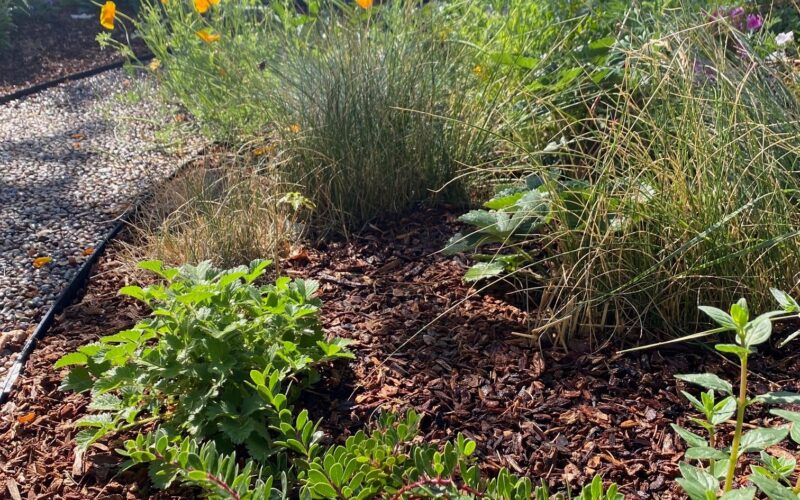
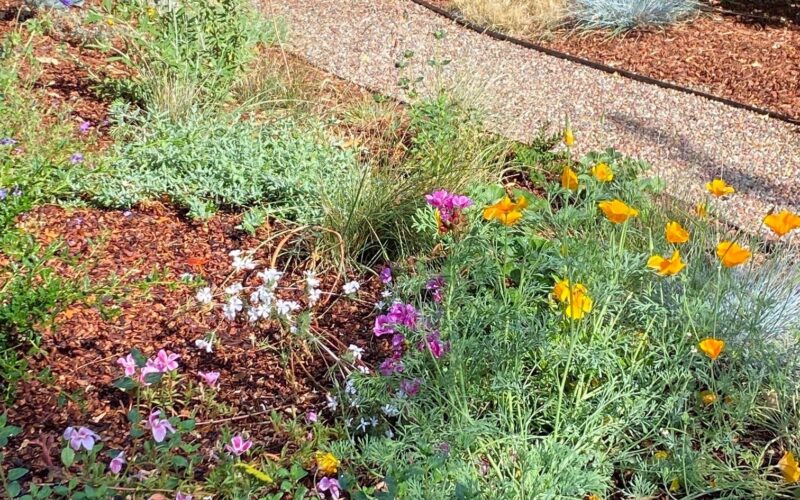
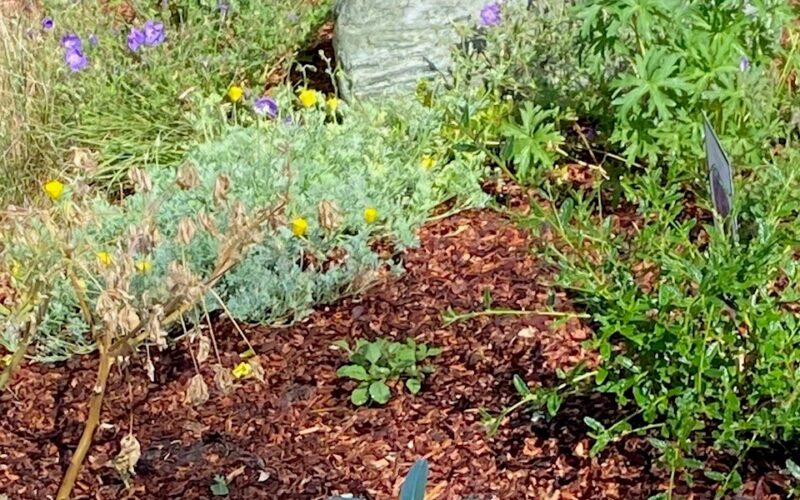


Plants in this Garden
Favorite Garden Suppliers
Sloat Garden Center
700 Sir Francis Drake Boulevard Kentfield
Cal Flora Nursery
2990 Somers Street Fulton
LeBallister's Seed and Fertilizer
1250 Sebastopol Road Santa Rosa
